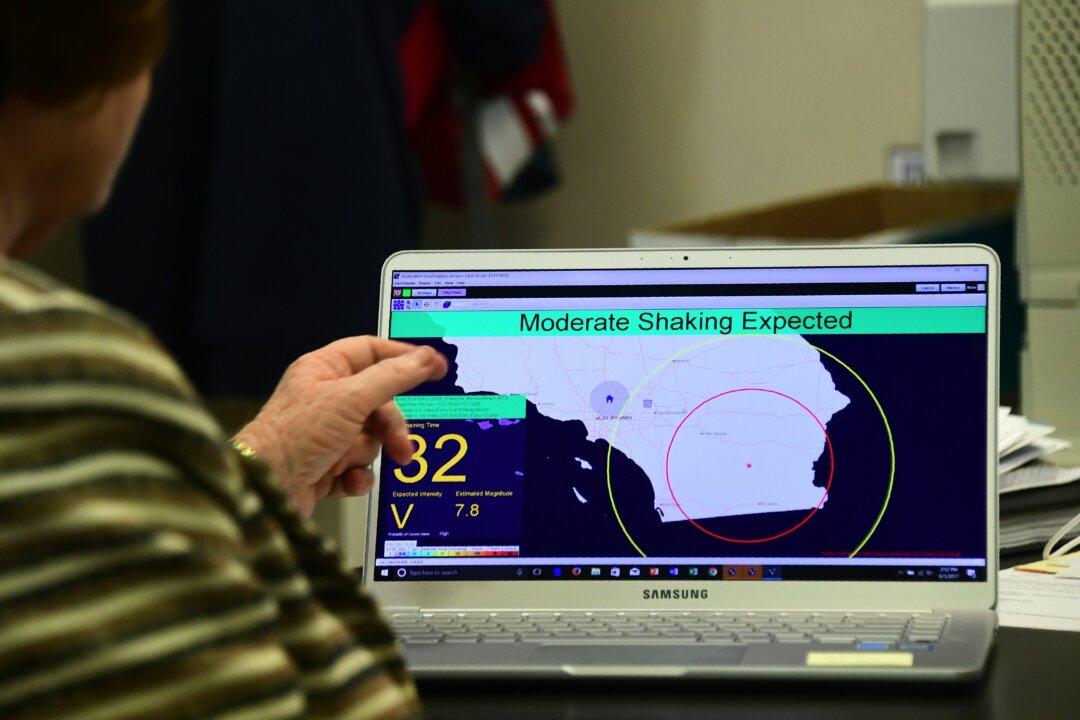A recent cluster of bigger earthquakes hitting Southern California might have shaken residents but doesn’t necessarily serve as an indicator that a more destructive tremor could occur in the near future, according to one seismologist.
The Southern California region, known for its deadly quakes in the past, has had 13 earthquakes measuring 4.0 or greater in magnitude this year, according to Lucy Jones, a seismologist from the California Institute of Technology in Pasadena.





